
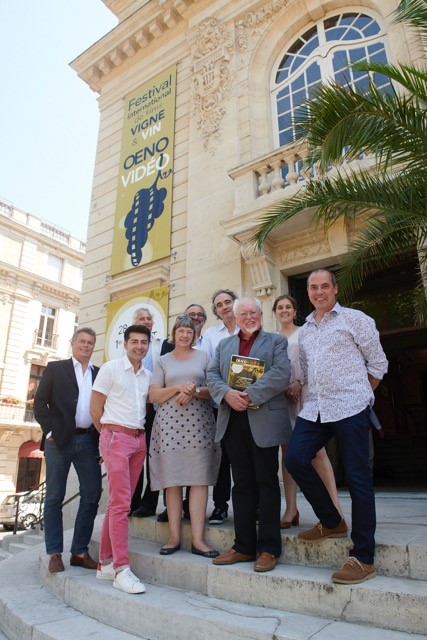
©LoïcLemahieu/AudreyMarcy
The Gabrielle Dorziat theatre in Epernay (listed as a historical monument) hosted 38 official projections, selected out of 128 films from 19 countries in the competition. This year’s festival confirmed its international scope, giving awards to productions from Chile, China, Spain, the United States, France, Great Britain, Italy and Lebanon. Consult the list of award winners (link in French).
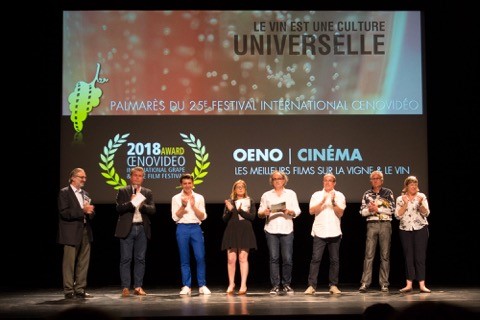
©LoïcLemahieu/AudreyMarcy
A travelling festival since its creation, at the invitation of the Champagne Committee and the Town of Epernay, Oenovideo celebrated hitting the quarter-century mark toasting with the bubbles so characteristic of the region.
At the same time as the festival, the 13th Terroir d’Images exhibition (link in French) was presented in Reims (and is on until 13 July 2018) at the Maison Diocésaine Saint Sixte, under the theme of ‘Biodiversity from daybreak to moonrise in the vineyards and surroundings’ (Biodiversité : du jour naissant au clair de lune - Dans les vignes et alentours). Over 100 photos were selected out of 1500 photos from 15 countries in the competition. The Grand Prix winner will be revealed during the official awards ceremony, which will take place on Wednesday 17 October 2018 in the Palais du Luxembourg, in Paris.
Climate change and sustainability: a central theme for the films put forward
The OIV Press Officer, Daniela Costa, praised the quality of this year’s festival, marked by a common concern in all of the films presented: climate change and sustainability.
This is a priority issue for the OIV, as attested by the presence of ‘Promote sustainable vitiviniculture’ as one of the five strategic axes established for the OIV Strategic Plan 2015-2019. Additionally, in 2015 the OIV decided to restructure its working groups through the creation of a multidisciplinary, horizontal group – the ENVIRO Group – dedicated to the theme of ‘Sustainable development and climate change’.
Find out more about the work of the OIV on sustainable development and climate change:

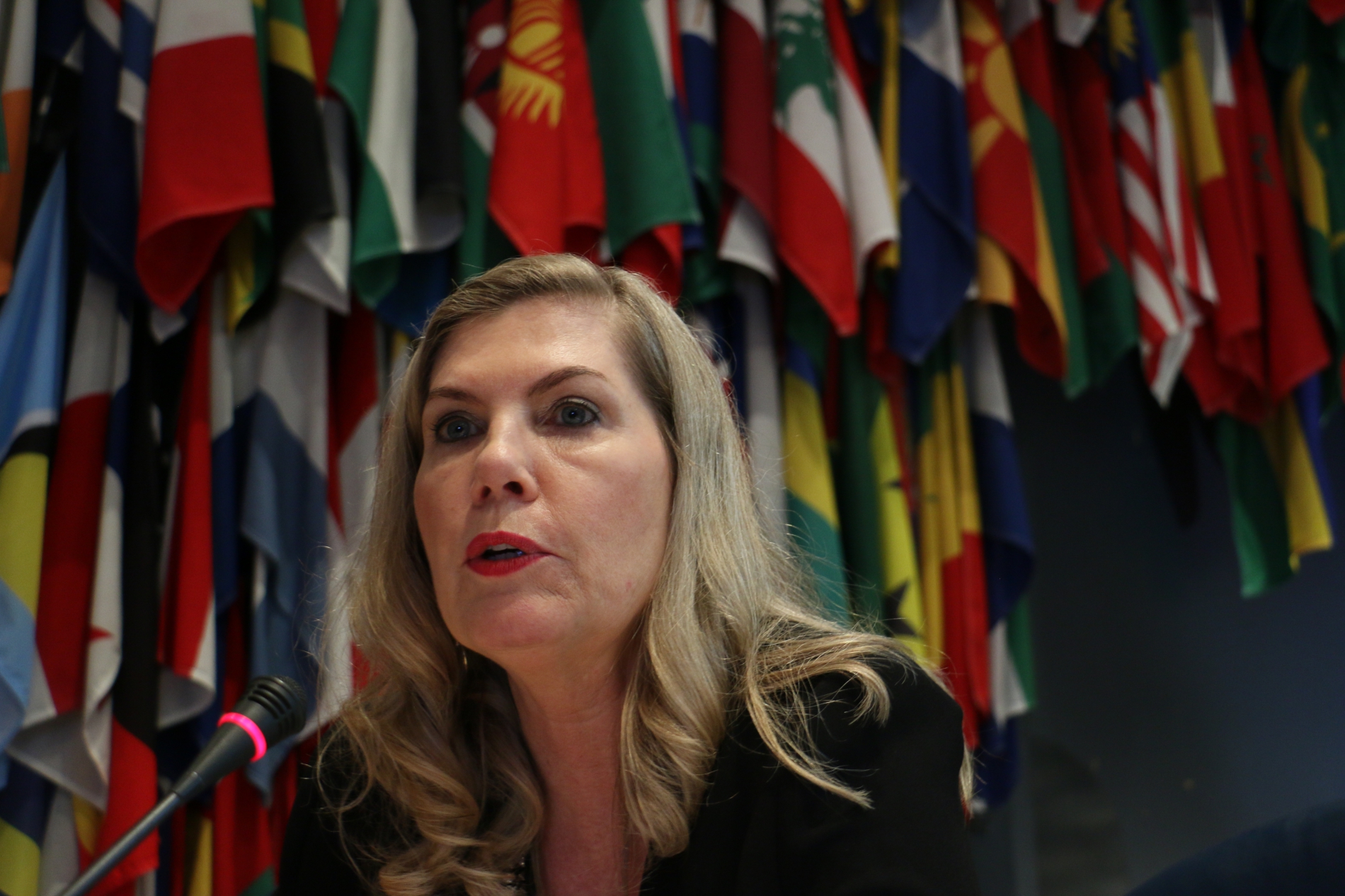
A Brazilian has been elected as President of the International Organisation of Vine and Wine for the next three years, succeeding Monika Christmann.
Régina VANDERLINDE, a professor of biotechnology at the University of Caxias do Sul has been elected by the Member States of the OIV for a mandate of three years.
Holding a doctorate in biological sciences with a focus in enology-ampélologie from the ‘Université de Bordeaux’ she has been a member of the Brazilian delegation to the OIV she also served as the Scientific Secretary of the Sub-commission for Methods of Analysis.
She is happy that South American viticulture has been recognised by the community of the OIV and is pleased to be the third consecutive female President of the OIV.
Here's a short video where the new president expresses her thanks to the member states and her future goals at the OIV presidency (in French and subtitled in English):
At this General Assembly the Presidents of the scientific bodies were also elected:
Commission I Viticulture
Vittorino NOVELLO (Italy) suceeds à Benjamin BOIS (France)
Commission II Enology
Dominique TUSSEAU (France) suceeds Luigi MOIO (Italy)
Commission III Law and Economy
Dimitar ANDREEVSKI (Bulgaria) suceeds Tony BATTAGLENE (Australia)
Commission IV Safety and Health
Gheorghe ARPENTIN (Moldavia) suceeds Nuria GARCIA TEJEDOR (Spain)
Sub-commission Methods of Analysis
Markus HERDERICH (Australia) suceeds Ondrej MIKES (Czech Republic)
Sub-commission Non-fermented products, table grapes and raisins
Alejandro MARIANETTI (Argentina) suceeds Luis PERES DE SOUSA (Portugal)

During the 16th General Assembly of the OIV in Punta del Este (Uruguay), the 47 Member States of the OIV have elected the next Director General of the OIV for a 5 year mandate from 2019-2023.
Pau Roca Blasco (Spain), currently the Secretary General of the Spanish Wine Federation, has been chosen to become the 10th Director of the OIV and to lead the Organisation towards the celebration of its centenary.
The first course of action Mr. Blasco has indicated is the creation of the new OIV Strategic Plan (2019-2024) via the expertise of OIV Experts, with which he is familiar being a member of the Spanish delegation since 1996 and also having served as the President of the Law and Consumer Information Experts Group.
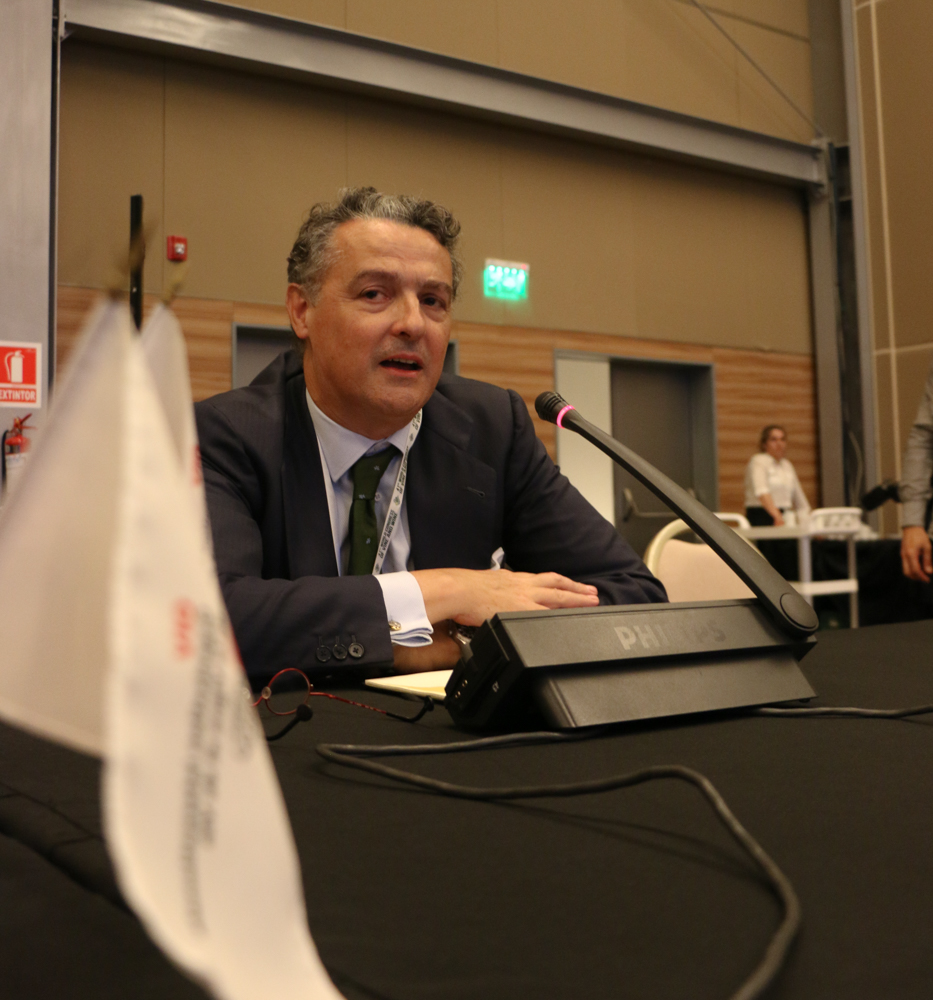

Alongside the 41st session of the Codex Alimentarius Commission, the OIV participated in a round table of intergovernmental organizations on questions linked to the authenticity and identity of food products.
During this session, facilitated by Carlos Laorden from El País, the participants emphasized the need to define a common terminology and take measures to reduce the risks of falsification and deception of consumers.
The improvement of tracking systems, the adoption of new technologies and the development of new electronic systems can be important tools in the fight against counterfeiting.
The OIV Standards
Jean-Claude Ruf, the Scientific Coordinator for the OIV, emphasized that there exist challenges specific to the vitivinicultural sector, where fraudulent practices most often lead to a change in the quality and authenticity of products rather than to health risks.
At the level of the OIV, this need to guarantee authenticity and identity is addressed through the adoption of standards, notably regarding:
- the definition of products,
- oenological practices: these must in particular take into account the consumer’s safety, not significantly modify the original qualities of the grape and the wine and not deceive the consumer,
- labelling rules,
- establishment of traceability guidelines,
- establishment of analytical norms in order to check origins and traceability.
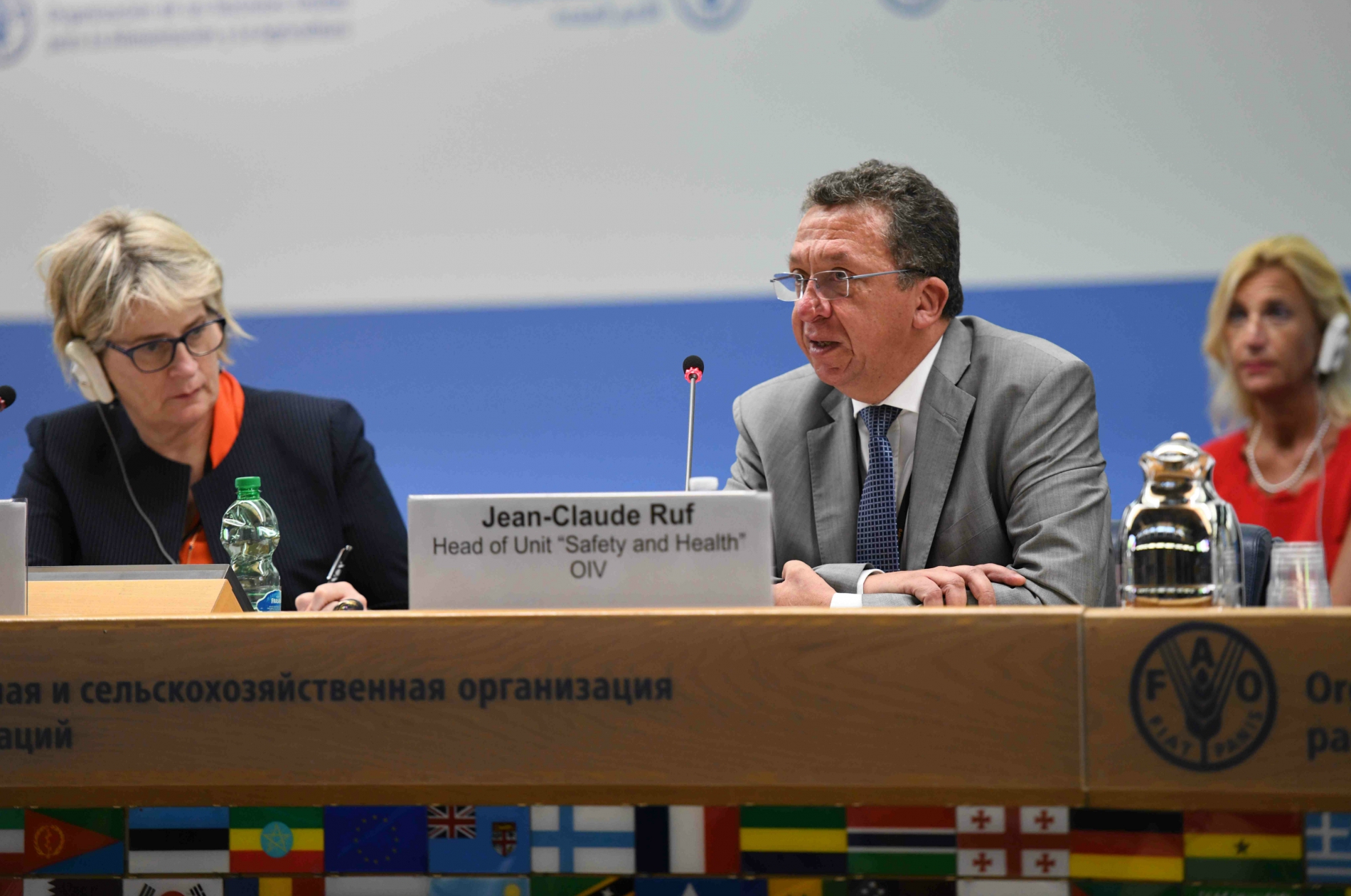
Taken together, these elements still do not preclude the possibility of counterfeiting. Wines or wine-based spirits with a strong added value are more susceptible to counterfeiting, this being the reason why we must establish certain systems of packaging identification, and also ensure appropriate consumer education.
While the OIV standards are intended to improve the quality of and maintain the natural and essential characteristics of wines, they are also crucial to avoid technical barriers to trade in an increasingly global market (43% of wine consumed has crossed at least one border).
In conclusion, Jean-Claude Ruf is pleased with the quality of the relationship between the OIV and the Codex Alimentarius (the OIV has observer status) and reminded the Codex that it can rely on the OIV as the leading technical and scientific intergovernmental organisation in the vitivinicultural sector.
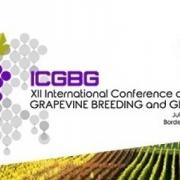
This conference was an excellent opportunity to get an overview of the progress made in terms of reproduction strategies and in all scientific fields directly or indirectly related to grapevine selection.
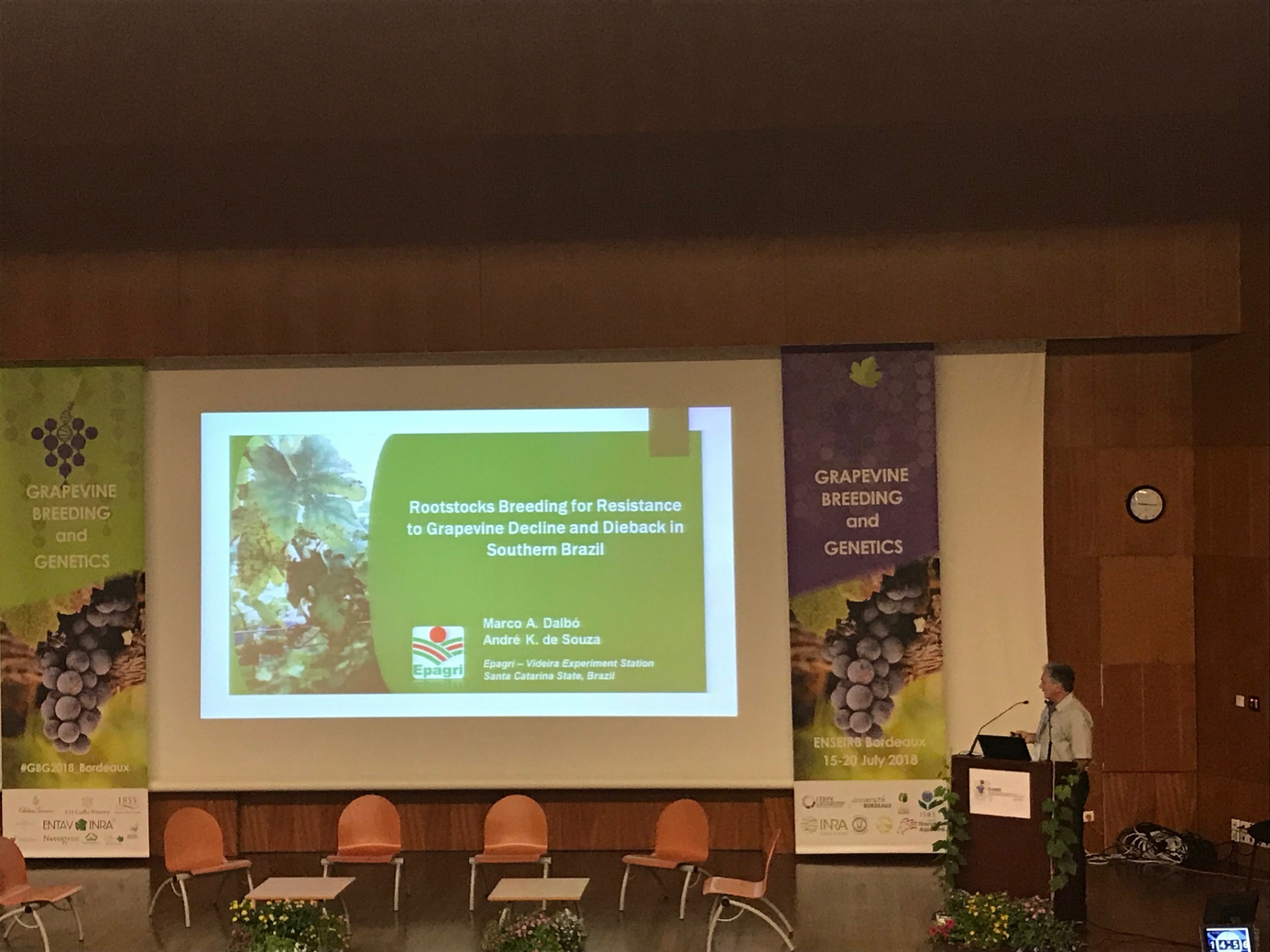
With over 70 speakers, 330 participants and 26 countries from 5 continents represented, GBG2018 – placed under the patronage of the OIV – has allowed for the coverage of a number of themes, for example: the maintenance and extension of genetic resources; the genetic, phenotypical and physiological characterisation of grapevine populations; as well as the functional characterisation of the genes involved in the control of berry development, maturation and composition, and in the adaptation to biotic and abiotic stress.
Representing the OIV, the Head of the Viticulture Unit, Alejandro Fuentes Espinoza, met various experts in these fields and presented the role of the OIV and its work under way within the OIV “Genetic resources and vine selection” (GENET) Expert Group. The OIV, an organisation of a scientific and technical nature, has been working for some years now on the characterisation and evaluation of principles and of methods of production and sustainable selection for grapevine genetic resources. This is an important strategic axis in order to be able to provide appropriate responses to the vitivinicultural sector.
All of the themes addressed during the Conference resulted in an important exchange of data and information that are at the heart of the viticultural issues of tomorrow in terms of sustainability.